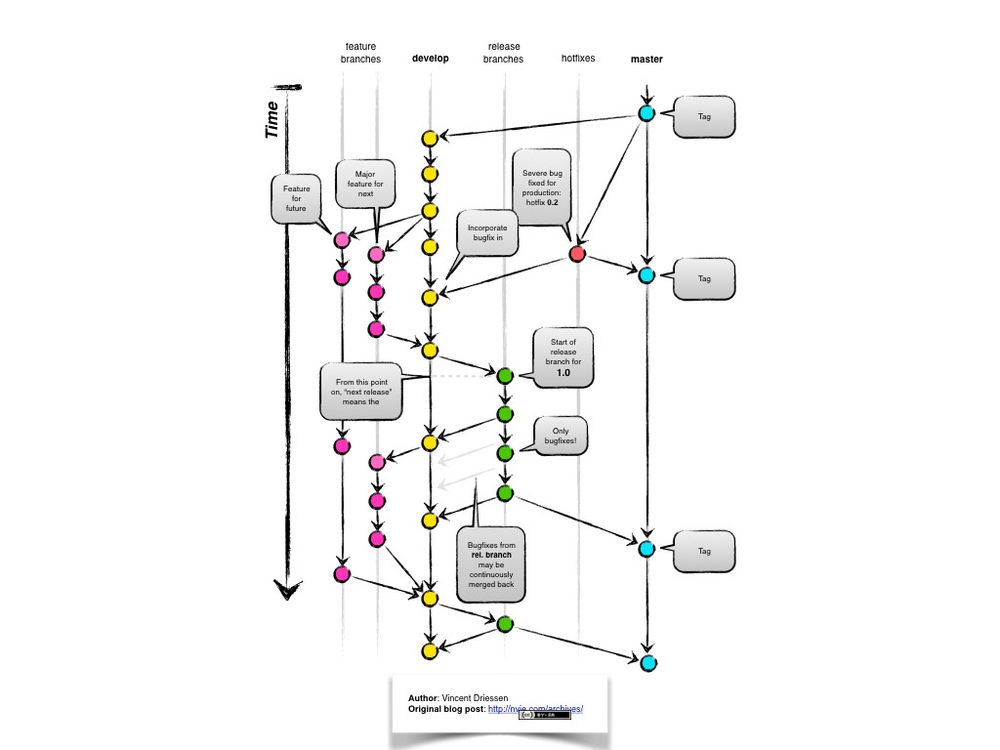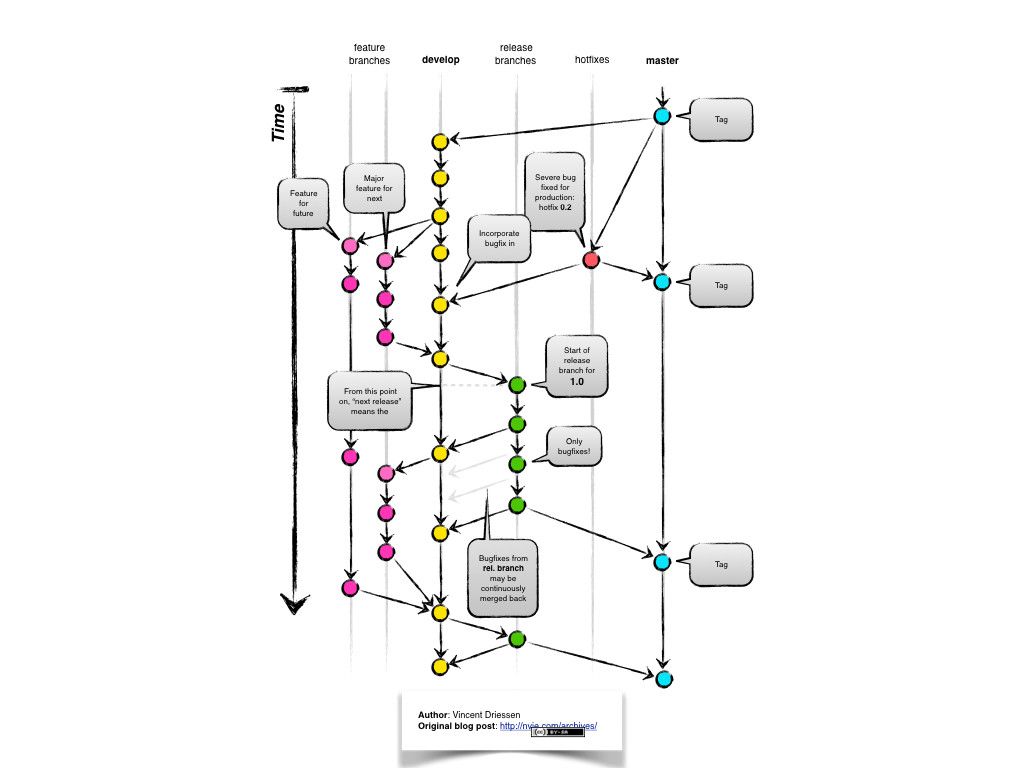| Table of Contents | ||
|---|---|---|
|
...
If you're picking up someone else's pull request, then whatever you do must preserve the commit history. If you can accomplish that by rebasing off someone else's PR, then great. If you need to merge the PR and then create a new PR, then that's also fine. Merging a broken PR and then fixing it "later" is the least preferable, but there are situations where this also works. E.g., if the "fix" is already implemented and will be merged almost immediately.
Please do NOT:
- Please do not close PRs when there are new changes which result in conflicts. You can add changes and resolve conflicts by merging or rebasing.
The basics of forking
The RChain Cooperative has a variety of repositories under https://github.com/rchain and at various times you may be required to contribute to each of them. This is a simple git workflow that keeps all your work on branches in your own fork of the repository. In the general case, no one ever pushes to rchain/rchain, which keeps our shared repository clean. All git workflows require diligence to maintain good hygiene around branching, issuing pull requests, and merging. The main rules to keep in mind for this one are:
...
The basic approach to forking extends to how we prepare for and release software. Below is a high-level view of the process taken from https://nvie.com/posts/a-successful-git-branching-model. The SRE team supports the merge from dev to release branches and master, and hotfixes as needed.

